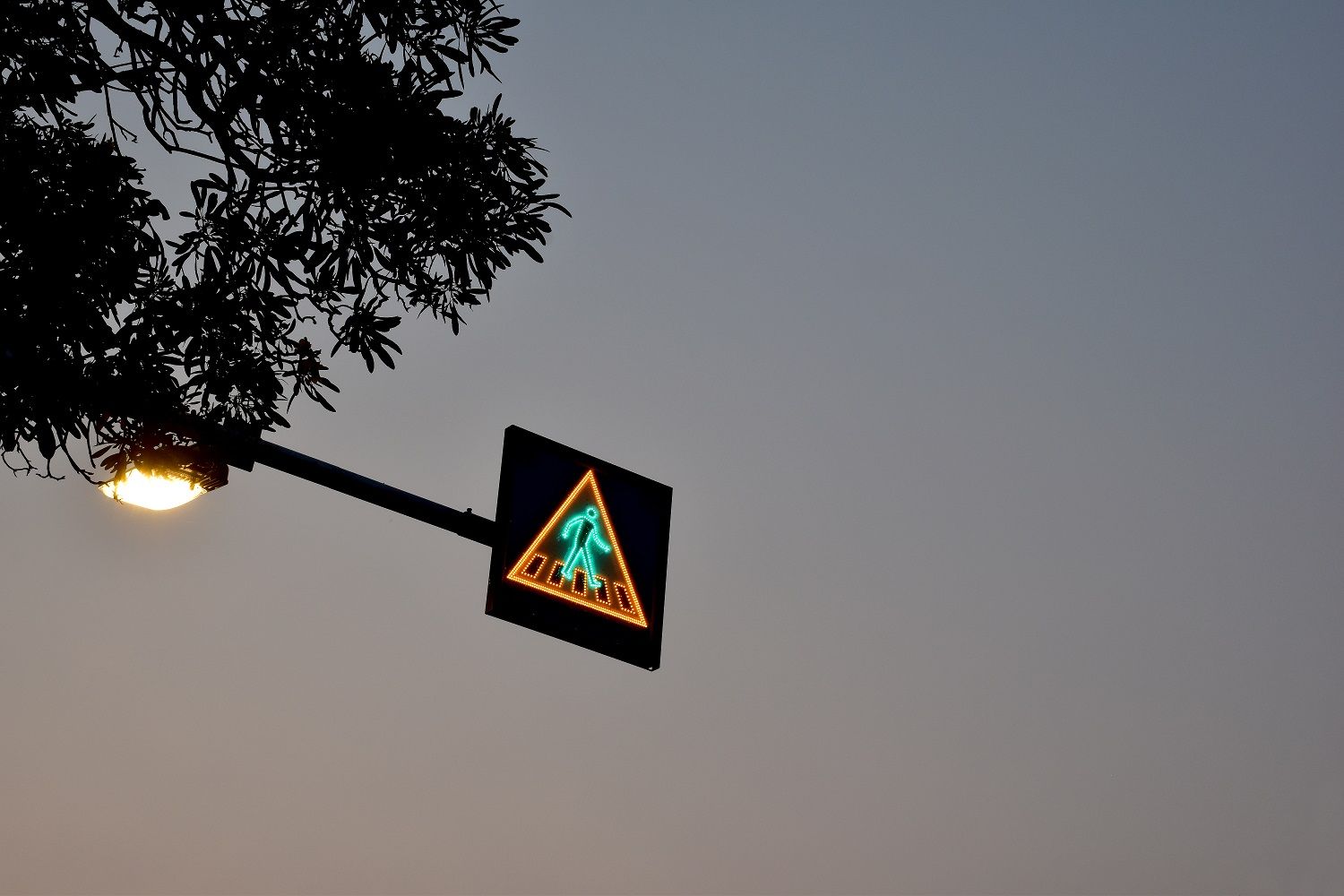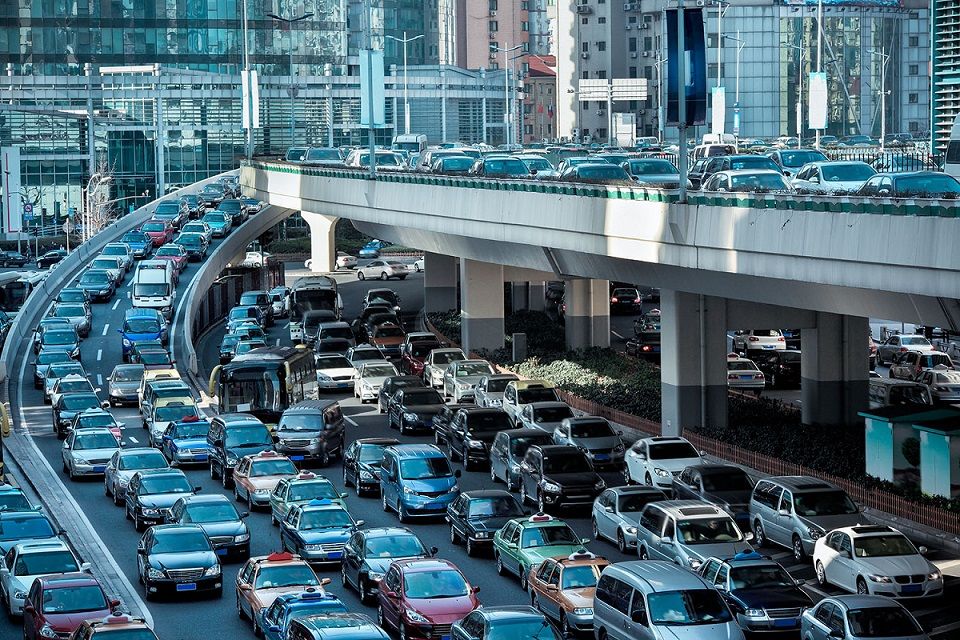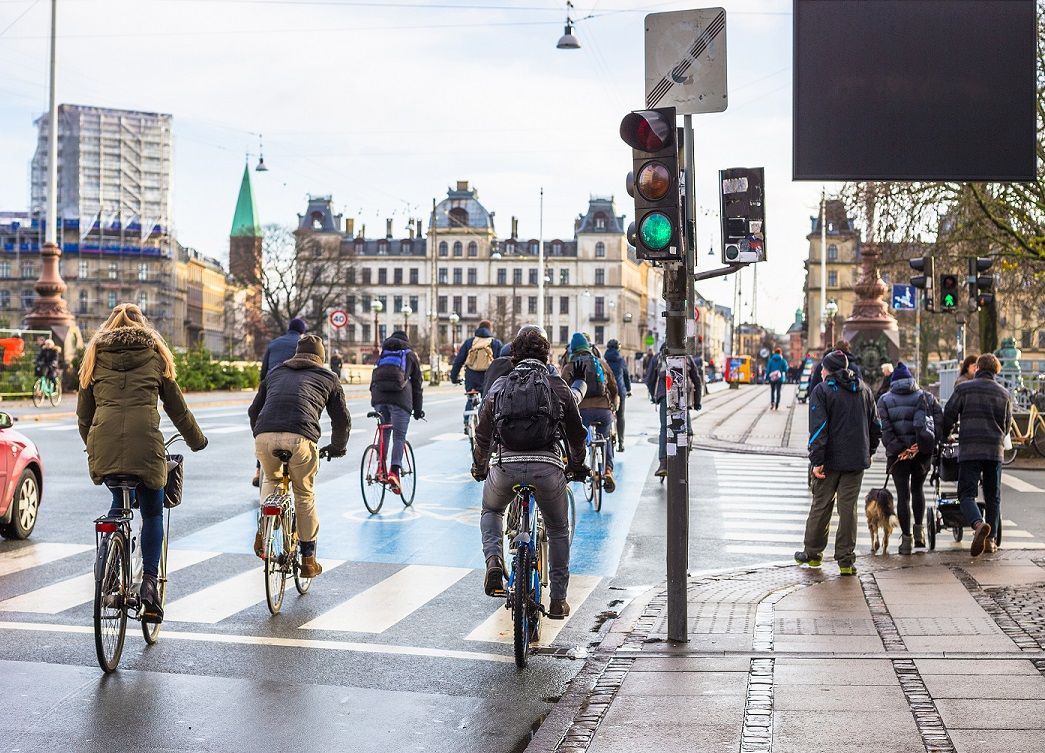5 challenges that ITS and C-ITS address
ITS, Intelligent Transport System and C-ITS, Cooperative Transport Systems, can make traffic safer, cleaner, and more efficient. But how does it really work? Here are five important traffic challenges that ITS and C-ITS are addressing.

Road Safety
According to WHO, 1.35 million people die every year because of road traffic accidents. The number of people who suffer from non-fatal injuries is between 20 and 50 million, with many incurring a disability because of their injury. Road traffic accidents cost most countries three percent of their gross domestic product. ITS and C-ITS are addressing road safety in many ways, for example by creating better prioritizing for rescue services and coordinating traffic. It can warn drivers about unprotected road users in blind spots and bad road conditions. Another smart function is recommending a lower speed limit which can be used, for example, nearby schools during school hours.
Emissions
Transport is one of the main sources of air pollution, which has direct effects on mortality. Every year about 100 000 premature adult deaths are attributable to air pollution and emissions from road traffic account for a significant share of this burden. On top of that, transport is the fastest-growing source of fossil-fuel CO2 emissions - the largest contributor to climate change. ITS and C-ITS can make traffic signals better coordinated with fewer stops and accelerations. It can also prioritize public transport and bicycles over cars, making them more attractive options. With a smoother traffic flow, fuel consumption and CO2 emissions can be reduced by 10-20 percent. It is also possible to measure air quality and send the data to central systems for improved planning or making reactive decisions based on the current situation.


Road Congestion
Chaotic traffic and congestion are problems in almost every major city. Traffic congestion is time-consuming, time that could be spent working or contributing to society in other ways. Building new roads does not make the commuter's life easier – research shows that new roads just generate more traffic and results in the intensity of traffic staying the same. With ITS and C-ITS so-called green waves can be created to avoid unnecessary stops and create a better traffic flow. You can also use ITS and C-ITS to guide the road users to everything from available parking space to re-routing – and give speed recommendations.
Using the capacity of existing infrastructure
Building new infrastructure is expensive and time-consuming and it does not always improve the traffic situation in the long run. Simply put, ITS and C-ITS are optimizing what society has already invested in and getting more capacity out of the existing roads. With ITS and C-ITS cities can get the operational state of the infrastructure directly in the hands of the users using a computer, tablet, or phone via responsive, multi-platform solutions.


Making urban areas more attractive
Another challenge for traffic in big cities is that it affects the overall popularity of cities. When urban areas have problems with traffic congestion together with a housing shortage and overcrowded public transport, quality of life deteriorates making it hard to attract job talents and successful companies. Besides creating green waves, ITS and C-ITS can also be used to inform the road users in urban areas on everything from parking guidance to hazardous road work. Cities can use ITS and C-ITS to integrate high-resolution data from vehicle cameras into urban mobility management and then create, apply, and evaluate mobility management strategies based on safety data.
What are ITS and C-ITS?
ITS is short for Intelligent Transport Systems and is the name for applications that use information or communication systems to create a dynamic function in a traffic or transport system. C-ITS, which is short for Cooperative Intelligent Transport Systems, is the collective name for technologies and standards that connect vehicles with other vehicles and infrastructure.